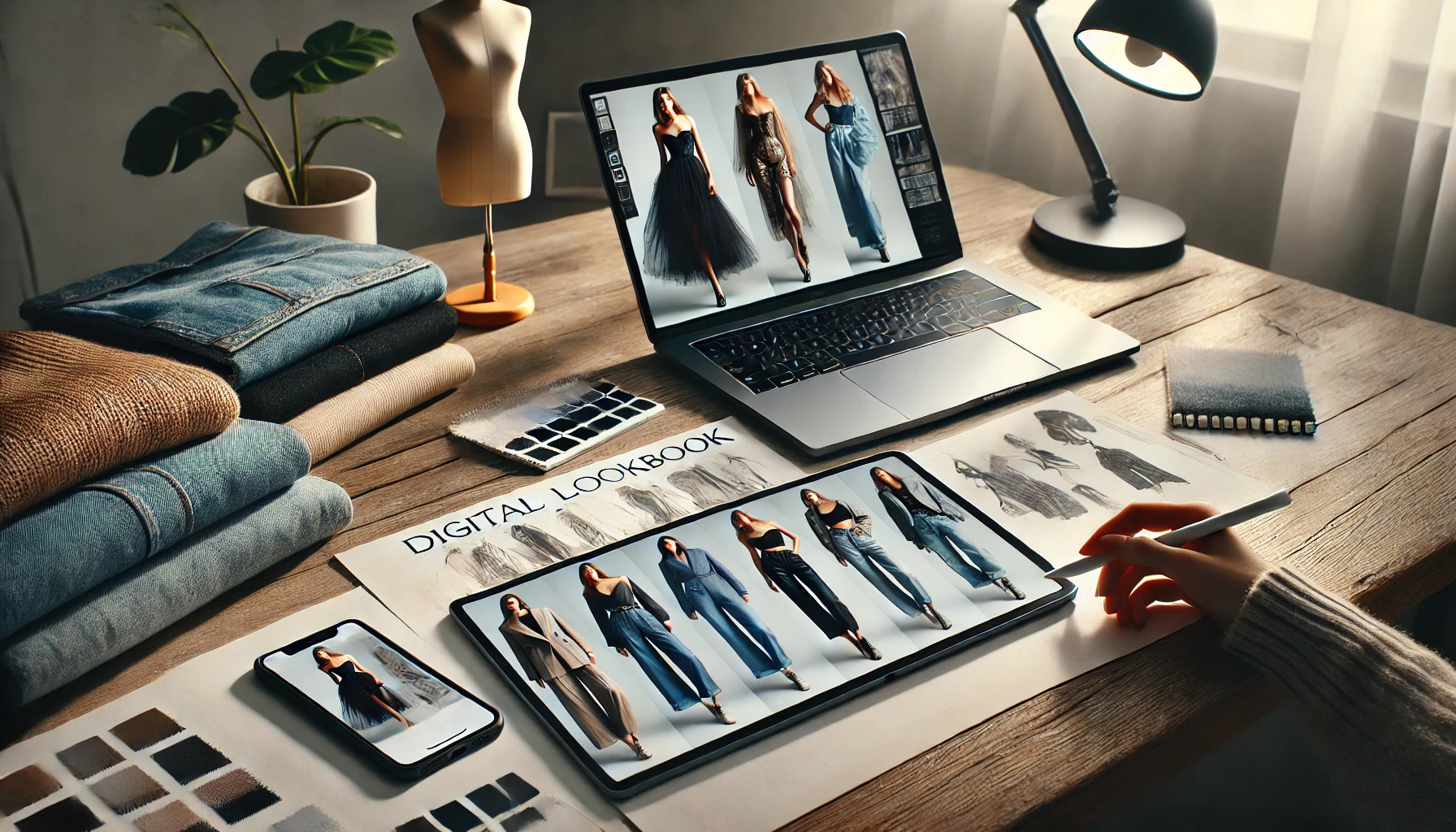A virtual lookbook serves as a curated collection of outfits, helping you refine your style, track trends, and share inspirations effortlessly. Whether for personal reference or showcasing creativity, a digital format makes it easier to organize, edit, and share your wardrobe.
1. Define Your Style Vision
Before compiling outfits, establish a theme or aesthetic that represents your personal style. Consider:
- Favorite color palettes
- Clothing silhouettes that suit your body type
- Inspirations from designers, influencers, or historical fashion
- Seasonal variations
This foundation ensures a cohesive lookbook tailored to your preferences.
2. Gather and Photograph Your Outfits
A polished lookbook requires high-quality visuals. Collect and photograph clothing pieces under good lighting, capturing details such as textures, patterns, and layering combinations.
- Flat lays – Arrange outfits on a clean surface for a clear top-down view.
- Modeled shots – Wear the outfits for a more dynamic and realistic representation.
- Mannequin styling – Use a dress form for structured outfits.
Ensure consistency by using the same background, lighting, and framing for each photo.
3. Choose a Digital Platform
Several tools simplify the process of assembling a virtual lookbook. Options include:
- Canva – Drag-and-drop templates for visual storytelling.
- Pinterest – An interactive board to organize outfit inspirations.
- Google Slides – A structured, shareable presentation.
- Instagram Highlights – A dynamic way to categorize looks over time.
- Digital scrapbooks – Apps like Notion or Milanote allow mood board-style layouts.
Pick a platform that aligns with your workflow and offers customization options.
4. Organize by Category
A structured layout improves usability. Sort outfits into clear sections based on:
- Occasions – Casual, workwear, formal, travel, and lounge.
- Seasons – Spring, summer, fall, winter.
- Color schemes – Monochrome, neutrals, pastels, bolds.
- Trends vs. timeless – Statement pieces alongside wardrobe staples.
Adding descriptions, such as fabric types or styling notes, enhances clarity.
5. Edit for a Polished Look
Clean visuals create a cohesive aesthetic. Use editing tools to adjust brightness, contrast, and color balance. Some reliable apps include:
- Adobe Lightroom – Professional-grade editing with presets.
- Snapseed – Intuitive adjustments for sharpness and saturation.
- VSCO – Filters that maintain a natural yet stylized look.
Avoid over-editing, as outfits should remain true to their real-life appearance.
6. Create a Storyline
A strong lookbook tells a narrative. Arrange outfits in a way that conveys a journey—whether through seasonal transitions, evolving style phases, or themed collections. Including captions or brief styling tips can make the lookbook more engaging.
7. Share and Store Your Lookbook
For personal use, store the lookbook in cloud storage like Google Drive or Dropbox. To share with friends, use a URL shortener to simplify long links, making it easier to send via social media, email, or text. This method keeps the presentation professional and accessible.
8. Update Regularly
A personal lookbook should grow alongside your style. Schedule updates to refresh content, remove outdated outfits, and incorporate new wardrobe additions.
- Monthly check-ins – Review what fits your current style.
- Seasonal rotations – Adapt looks to changing weather.
- Trend integrations – Experiment with new elements while maintaining authenticity.
Keeping the collection current ensures it remains a valuable reference.
9. Use for Style Planning
Beyond inspiration, a digital lookbook simplifies wardrobe decisions. Use it to:
- Pre-plan outfits for events
- Identify gaps in your wardrobe
- Track frequently worn pieces
- Experiment with mix-and-match combinations
A structured visual guide minimizes styling guesswork and streamlines daily dressing.
10. Turn It Into a Style Portfolio
For those interested in fashion blogging or influencing, a well-crafted lookbook doubles as a portfolio. It showcases creativity, aesthetic vision, and styling skills, making it a useful tool for collaborations or brand partnerships.
By structuring a digital collection thoughtfully, fashion enthusiasts can refine their style, track trends, and share inspirations seamlessly. A virtual lookbook is not just an archive—it’s an evolving reflection of personal expression.
